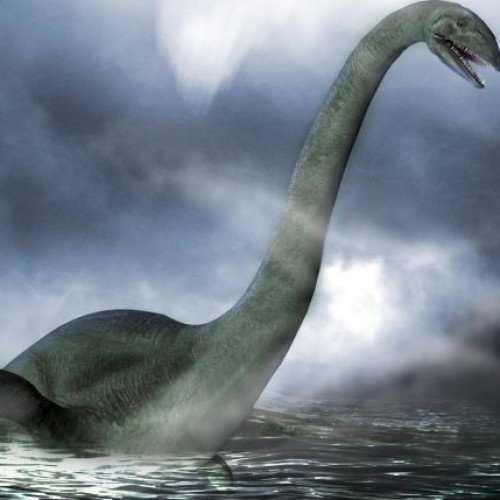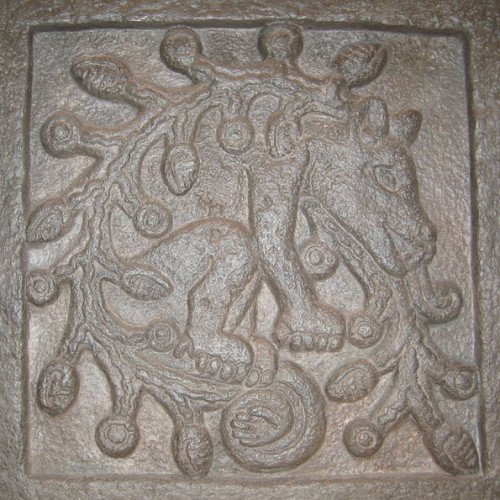Loch Ness Monster VS Ahuizotl (mythology)

Loch Ness Monster
The Loch Ness Monster, or Nessie (Scottish Gaelic: Uilebheist Loch Nis), is a cryptid in cryptozoology and Scottish folklore that is said to inhabit Loch Ness in the Scottish Highlands. It is often described as large, long-necked, and with one or more humps protruding from the water. Popular interest and belief in the creature have varied since it was brought to worldwide attention in 1933. Evidence of its existence is anecdotal, with a number of disputed photographs and sonar readings. The scientific community regards the Loch Ness Monster as a phenomenon without biological basis, explaining sightings as hoaxes, wishful thinking, and the misidentification of mundane objects.
Statistics for this Xoptio

Ahuizotl (mythology)
The ahuizotl (from the Classical Nahuatl: āhuitzotl for "spiny aquatic thing", a.k.a. "water dog") is a legendary creature in Aztec mythology. It is said to lure people to their deaths. The creature was taken as a mascot by the ruler of the same name, and was said to be a "friend of the rain gods".The conquistador Hernán Cortés once reported to the King of Castile that one of his men had been killed by an ahuizotl.